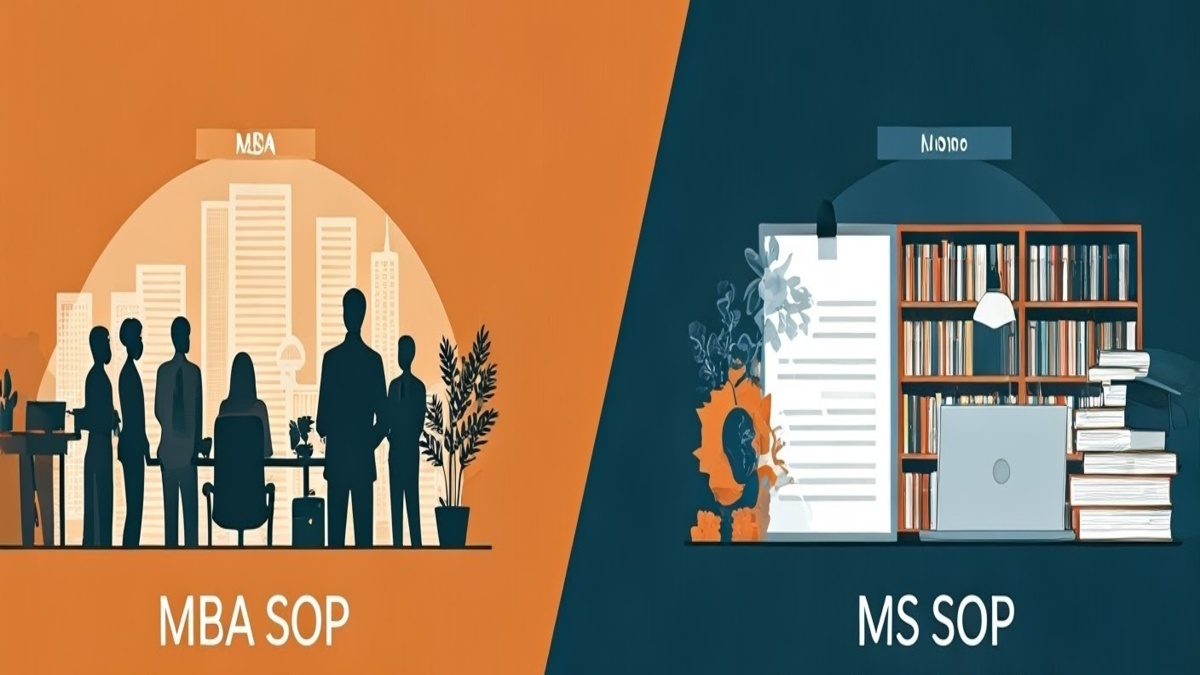The statement of purpose (SOP) is very important in university applications. It shows your goals and why you are a good fit for a program. As you go through the application process, you may worry that universities check plagiarism in SOP. The admissions committee cares a lot about being honest, so let's look at plagiarism and how to write an original and strong SOP.
Key Highlights
- Universities use plagiarism checkers to make sure SOPs are original.
- If you submit a plagiarized SOP, it could be rejected.
- Your SOP should show your unique experiences and aspirations.
- There are good strategies to avoid plagiarism. Focus on your personal experiences and cite sources properly.
- Being careful with proofreading and getting feedback can help keep your SOP original.
Understanding SOP Plagiarism and Its Consequences
SOP plagiarism is when you present the work, ideas, or words of others as your own in your statement of purpose. Even the entire paragraph can be copied with wording only changed without even giving credit.
The consequences of SOP plagiarism can be very severe. Universities work very hard at maintaining academic honesty. So, if you plagiarize your SOP, the chance of rejection increases multifold at once. This can harm your chances of getting into the school you want for higher education.
Defining SOP Plagiarism in the Context of University Admissions
Plagiarism is basically cheating in academics. When you apply to universities, your statement of purpose (SOP) shows your writing skills and honesty. It helps the admissions committee understand your goals, reasons, and if you are a good fit for the program you want.
Turning in work that isn’t yours goes against the main idea of the statement of purpose. It creates real doubts about your honesty and dedication to being truthful. This can hurt your chances and reputation, which may keep you from getting into the university of your dreams.
Real-life Consequences of Plagiarism in SOPs
The effects of plagiarism go beyond just being rejected. If you are caught plagiarizing, you might be banned from that university for a long time. This is especially worse for the international students who pour so much effort and money into an application.
Besides such disastrous effects, plagiarism makes you appear dishonest in your application. Even if nobody discovers this, submitting a plagiarized SOP will make you feel guilty and anxious. The harm to your reputation and the ethical issues involved make this a big risk for any applicant. To protect your aspirations and integrity, write an SOP that truly shows your skills and potential.
How Universities Detect Plagiarism in SOPs?
Universities use strong ways to find plagiarism. This helps keep academic honesty intact. Admissions committees pay close attention to make sure the SOPs they get are original work. They mainly use two methods: advanced plagiarism detection software and careful checks by skilled admissions staff.
The Role of Plagiarism Detection Software
Plagiarism detection software is very important for keeping academic honesty. Tools like Turnitin are advanced. They check submitted papers against large collections of academic articles, websites, and past student work.
These tools spot similarities in wording, sentence patterns, and ideas. They can mark possible plagiarism. The software makes a report that shows the percentage of matching text and the sources where it came from. The universities study these reports. When they find cases of plagiarism, they take the appropriate steps.
Manual SOP Plagiarism Checks by the Admissions Committee
Well, it's not just using some kind of software. It also looks at all this hand-written work on their end. Experienced admission committees know what a change in style and tone is about. They will know the exact spot when something sounds or fits very differently.
The admissions committee reads your SOP in conjunction with the other parts of your application. These include letters of recommendation and your personal experiences listed on your resume. Differences found between your SOP and other items may raise concern and may call for further attention to your originality. Write your SOP in your own words. This is a true reflection of your experiences and dreams.
Strategies for Writing an Invention-Inspired SOP
Writing a good SOP is very important to get into a good university. You should highlight your true self and what makes you special. This will show the admissions team your strengths. Let’s look at some good tips to help you do this while staying honest in your studies.
Importance of Authenticity in Your SOP
Your Statement of Purpose (SOP) is a great chance to show your love for your field. It’s also a way to explain why you would be a good fit for the program. Start by thinking about your academic journey. Highlight the experiences that have influenced your interests and dreams. Focus on your own personal experiences instead of using common phrases or copying ideas.
Admissions teams want to see real stories. They are looking for students who can offer new views. Use your own voice and share stories that show your special skills, traits, and potential. By stressing what makes you different from other applicants, you can create an SOP that is both memorable and impactful.
Tips to Avoid Accidental Plagiarism in SOP
Even if you mean well, accidental plagiarism can happen. This is especially true if you don’t know how to cite properly. Here are some tips to make sure your Statement of Purpose (SOP) has no unintentional plagiarism:
- Cite Your Sources: When you use direct quotes or paraphrase someone else's ideas, be sure to provide accurate citations. Use quotation marks and footnotes where needed.
- Paraphrasing Effectively: When you paraphrase, use your own words and structure. Don’t just change a few words from the original text.
- Develop a Strong Vocabulary: Work on building your vocabulary. This will help you share your ideas clearly and reduce the chances of copying others' wording.
Conclusion
In summary, it is very important to keep your Statement of Purpose (SOP) original. This helps you avoid the serious problems that plagiarism can cause in university admissions. A unique and honest SOP shows who you really are. It also highlights your creativity and hard work. If you can avoid accidental plagiarism and come out with something original, then you will be able to deliver a very strong SOP on your strengths and dreams. Keep in mind that universities have developed tools to check for plagiarism. They also have manual checks to ensure that documents are honest. So invest the time and energy it takes to create an SOP that really stands out among the rest.
FAQs
What percentage of similarity is acceptable in SOPs?
There isn't a percentage that everyone agrees upon. You can run a plagiarism check using tools like Turnitin to see your similarity index. Still, it’s best to keep this number as low as you can. To do this, make sure all of your content is original and properly cited. University standards can differ, so focus on being original.
How to avoid plagiarism in SOP?
Do visa officers check plagiarism in SOP?
Why you should not copy an SOP?
Is there any good software that can be used to check plagiarism in SOPs?
Can there be a permissible percentage of plagiarism in an SOP?
Do universities verify SOP?
Are there any good softwares which can be used to check plagiarism in LORs and SOPs?
Is an SOP important for admissions?
How do universities check for plagiarism in Statement of Purpose (SOP)?


